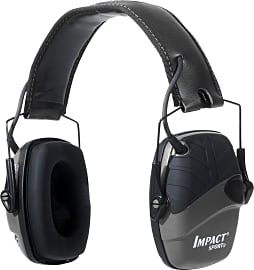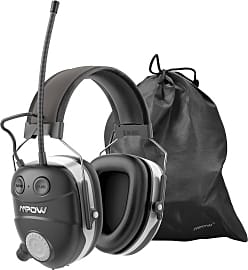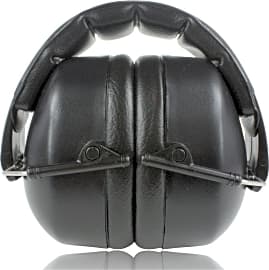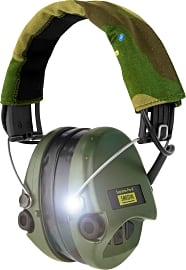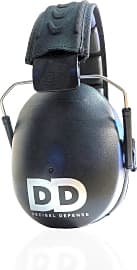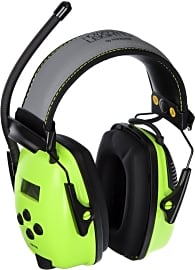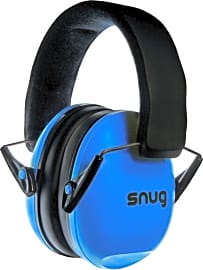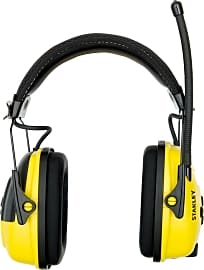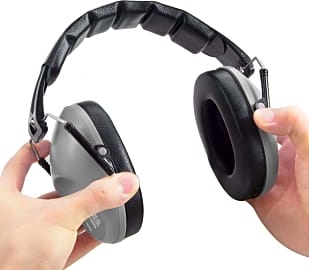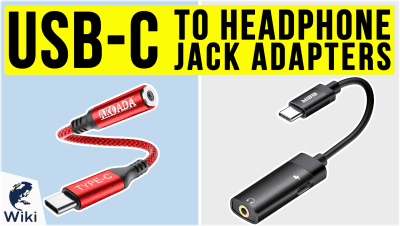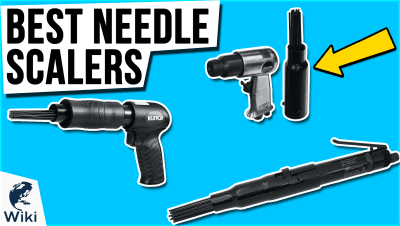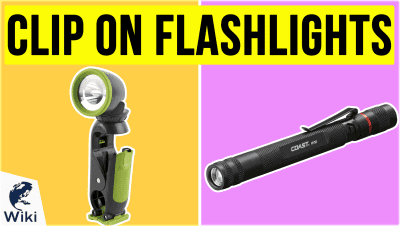The 10 Best Safety Earmuffs

This wiki has been updated 40 times since it was first published in June of 2015. If your hobby or work has you around sounds louder than 85 decibels, such as at an airport, on a construction site, hunting, or at a shooting range, make sure you guard your precious ears with a pair of these safety earmuffs. Our selection of hearing protectors can reduce outside noises to levels that are both tolerable and safe in just about any environment. Some are fairly stylish, too. When users buy our independently chosen editorial choices, we may earn commissions to help fund the Wiki.
Editor's Notes
November 24, 2020:
We’ve removed the Mpow Professional and replaced it with a newer model. The Mpow Earmuffs allow you to tune in to your favorite radio stations, and have Bluetooth capability, making it easier for you to answer phone calls, play podcasts, and listen to your custom playlists. The MSA Sordin Digital Supreme Pro-X is currently unavailable so we replaced it with the brand's newest selection, the MSA Sordin Supreme Pro-X LED. It features a light that illuminates short to medium distances. It doesn't have Bluetooth capability, though it does include an audio input for connecting to external sources such as your smartphone. You may need a headphone jack adapter as recent phone models no longer possess a 3.5-millimeter jack. This selection is still worth mentioning, despite not having the newest audio technology, due to its high quality and the company's dedication to creating durable products for military members. We decided to leave the Pro For Sho due to its wide arrangement of color choices since many other safety earmuffs don't offer a variety of patterns. It's also available at a low price and works great for those will smaller-than-average heads. The Snug Kids is worthy of remaining due to the various patterns available, such as princesses, owls, and cars. It's a collapsible design, making it easier for parents to take it on the go to concerts or other potentially loud events.
March 27, 2019:
Choosing the best safety earmuffs is a personal endeavor, but we've selected those that can work in a variety of situations requiring hearing protection; however, because different activities do have different requirements, these are suggestions — you'll need to ensure that the option you choose is appropriate to your individual situation. That said, we still think the 3M Peltor X5 is the top high-quality, wearable option for both work and leisure. The X-Series is offered in varying levels of noise reduction, too, starting at 22 dB (X1) and ranging up to 31 dB (X5). They're also surprisingly affordable. One drawback is their bulk; if this is a deal-breaker, you might check out the Honeywell Impact Sport instead, which have a slimmer profile. We also selected an option for children, the Snug Kids, which are great for those little ones who have sensory processing disorders. Finally, we removed the Tarvol model, whose plastic band is just a little too flimsy for the long run. The similarly inexpensive Mpow Professional is perhaps a better bet, especially if you're just looking for a pair to keep around as emergency backups.
The Lifelong Need To Protect Your Ears
And once damaged beyond a certain degree, these cells will never properly regenerate.
The human body has the truly amazing ability to repair and restore itself after most damages. Your body can heal from minor cuts, burns, and scrapes with such zeal that in time, all evidence of most such injuries are entirely erased. And even though larger wounds might leave scars, they will often not leave a lasting effect on how well your body works, provided you received proper treatment for the damage.
With the right care and attention, and with enough time broken bones set, tissue replenishes, and many diseases are successfully fought off. However, not all types of damage the body faces are endured equally. And ironically, one of the most pernicious and lasting types of injury the body faces comes from a source that can't even be seen with the naked eye: a sound wave.
The human ear is a complex, delicate system that, when functioning properly, does a wonderful job of translating waves of sound into a signal the brain can process and understand. The basic process merits a brief description. When a sound wave enters the ear canal, it meets the eardrum, a taut, slender membrane often called the tympanic membrane. This membrane vibrates in response to the sound waves, and these vibrations are enhanced and amplified by three minute but essential auditory ossicle bones of the inner ear, the hammer, anvil, and the stirrup (properly the malleus, incus, and the stapes).
The amplified vibrations resonate through fluid filled cochlea, which send vibrations to another membrane, the basilar membrane, which is lined with sensory hair cells that send electrical impulses to the brain and which are finally (nanoseconds later) interpreted as sound.
The inner ear operates like a precision built machine, with each minute component essential to proper overall function. Damage to any portion of this "machine" results in overall impaired function, also known as hearing loss.
Noise induced hearing loss can come as the result of an acute trauma, such as the powerful blast of an explosion or the roar of an industrial or automobile accident, but more often than not, hearing loss caused by exposure to sound is a slow moving process of accumulated damage that leads to chronic, often irreparable damage.
Regular, long term exposure to loud noises slowly but surely damages those all important hairs of the inner ear, eventually reducing their ability to transmit signals to the brain properly. And once damaged beyond a certain degree, these cells will never properly regenerate.
Protecting your hearing, therefore, is a lifelong undertaking. Unlike with decisions such as weight loss or fitness goals, you can't simply decide one day to restore your hearing through some change in lifestyle; you have to protect it each and every day.
Understanding Decibels And Damage
Most experts concerned with aural health agree that noise levels of 75 decibels or below can be continuously endured by the human ear without any risk for either acute or chronic hearing damage. According to the Occupational Safety and Health Administration (or OSHA), noise levels as high as 85 decibels are safe for the duration of an eight hour work day. Any noise levels above this merit the use of protective hearing gear, as damage becomes increasingly likely as sound levels rise past this threshold.
As many people lack clear frame of reference of decibel levels, a few examples can help to create an understanding. A typical conversational speaking volume approximates 65 decibels at two to three feet of distance. An idling piece of industrial equipment (such as a large tractor or bulldozer) or an active lawnmower can operate at around 90 decibels. A jet aircraft at a few hundred yards can create more than 100 decibels. A nearby peal of thunder may reach 120 decibels, while the crack of a firearm can surpass 150 decibels with ease, which is the sound level at which an eardrum can be perforated or even ruptured by the force of the sound wave.
Thus it is that people who work in construction, a factory, on the tarmac of an airport or the deck of an aircraft carrier, or anyone else who is around sounds both consistently noisy and/or occasionally overwhelming simply must wear ear protection. The expression deafeningly loud is not mere hyperbole, after all.
Choosing The Right Safety Earmuffs For You
There are some situations in which you want maximum hearing protection, and that's that. You don't stand on the line at a shooting range in order to have a chat, for example. Shooting noisy firearms calls for maximum noise reduction, so opt for safety earmuffs rated at a 30 decibel reduction or higher. This can bring the perceived crack of even louder rifles down to tolerable levels.
There are some situations in which you want maximum hearing protection, and that's that.
On the other hand, there are times when communication is imperative for productivity and/or safety, as when working on a busy construction site or at a logistically complex airport. In these cases, you need earmuffs that reject much of the sound around you, but doesn't totally curtail hearing. There are safety earmuffs available that can "compress" loud, sharp sounds down to safe and tolerable levels and which can actually amplify those quieter noises that you want to hear, such as the words of a colleague.
If you work in an environment where you will be wearing safety earmuffs for most of the day, you owe it to yourself to invest in a top quality piece of hardware. This can mean spending a lot of money on your safety earmuffs, but the comfort these units afford, both in terms of physical and aural comfort, is well worth the cost. And the long term preservation of your hearing you will get from good safety earmuffs is absolutely priceless.


